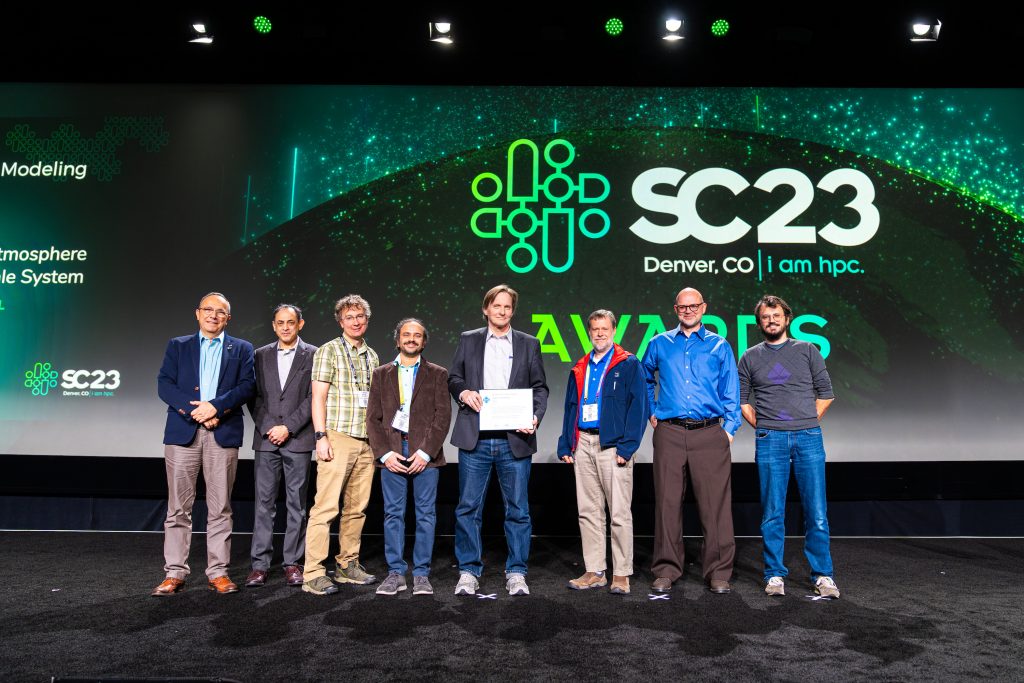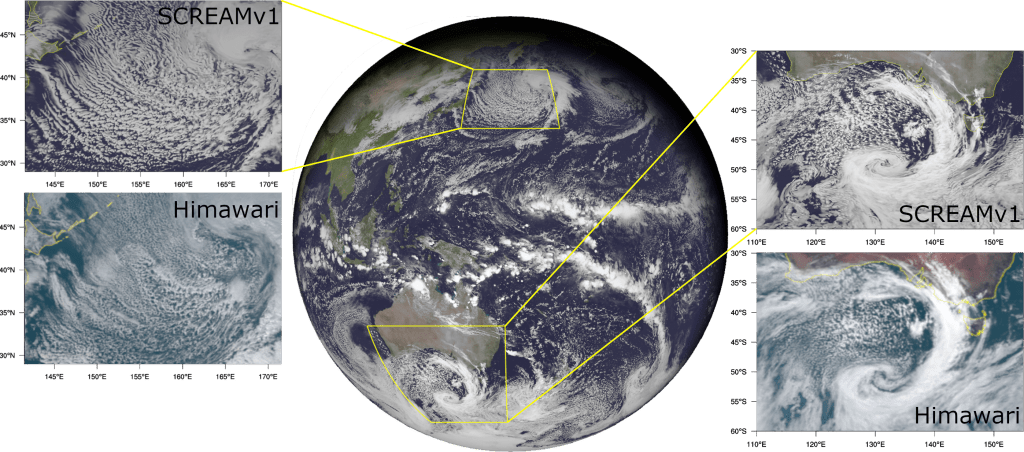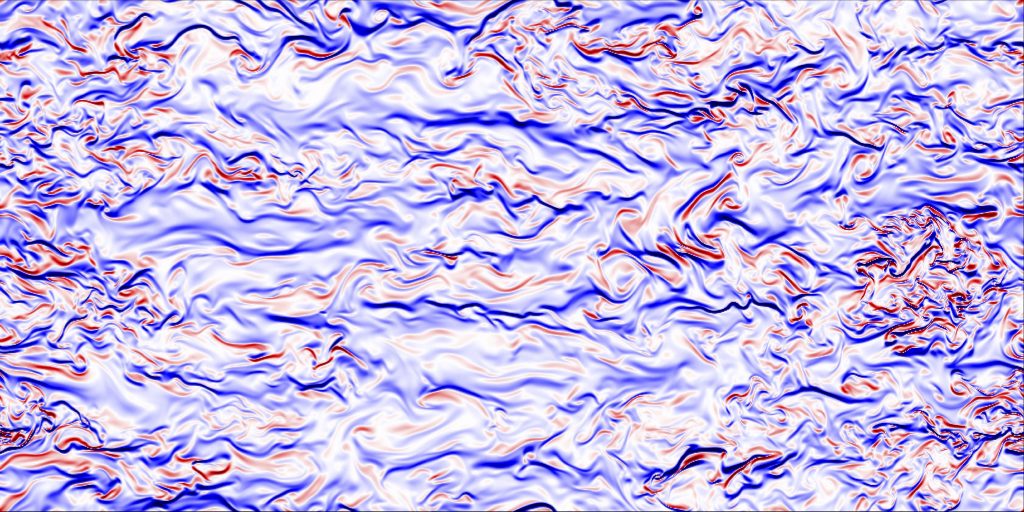
PI: Mark Taylor, Sandia National Laboratories In 2016, the Department of Energy’s Exascale Computing Project (ECP) set out to develop advanced software for the arrival of exascale-class supercomputers capable of a quintillion (1018) or more calculations per second. That meant rethinking, reinventing, and optimizing dozens of scientific applications and software…
Matt LakinJanuary 19, 2024






